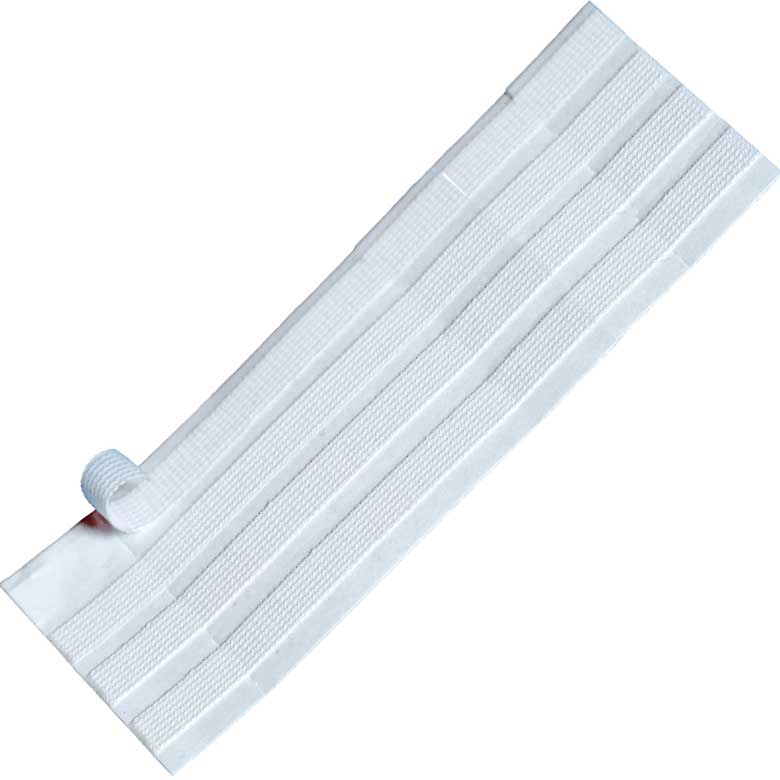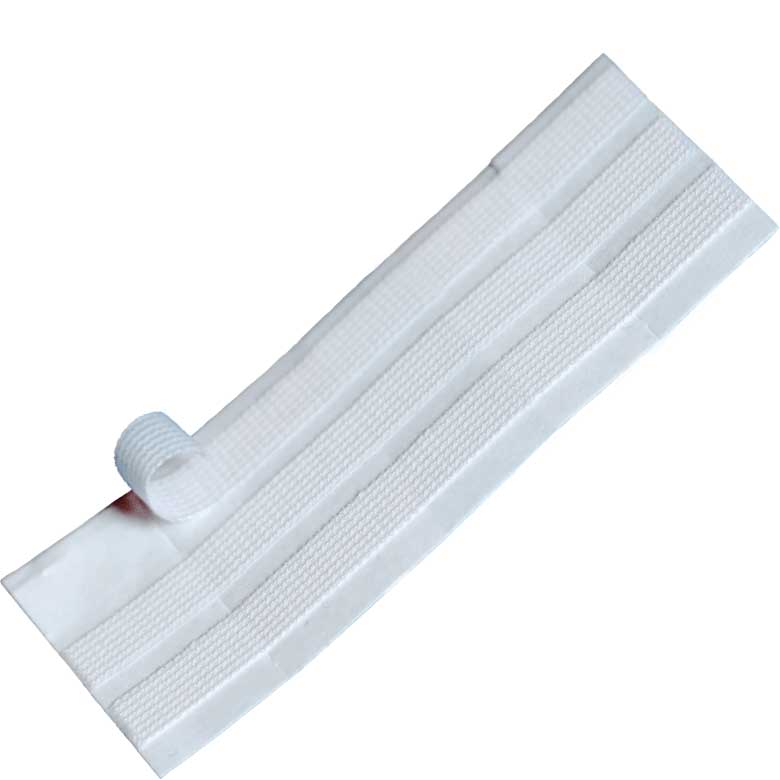
Adhesive dressings are common in wound treatment, coming in many shapes and sizes with various properties. They help to protect the injury and can also promote healing. Adhesive dressings are a common supply found in first aid kits, so it is important to understand their importance and how to apply them to prevent contamination of the wounds.
What are adhesive dressings?

Adhesive dressings are commonplace in first aid boxes both at work and at home as they provide cover for minor wounds that don’t require a larger bandage. They are designed with a sterile pad to protect the wound from infection and further injury as well as adhesive material to keep the pad from shifting.
Types of adhesive dressing
The type of adhesive dressing that you use can vary depending on the location of the injury, what activities you will be doing and the support that is needed for the wound.Waterproof adhesive dressing
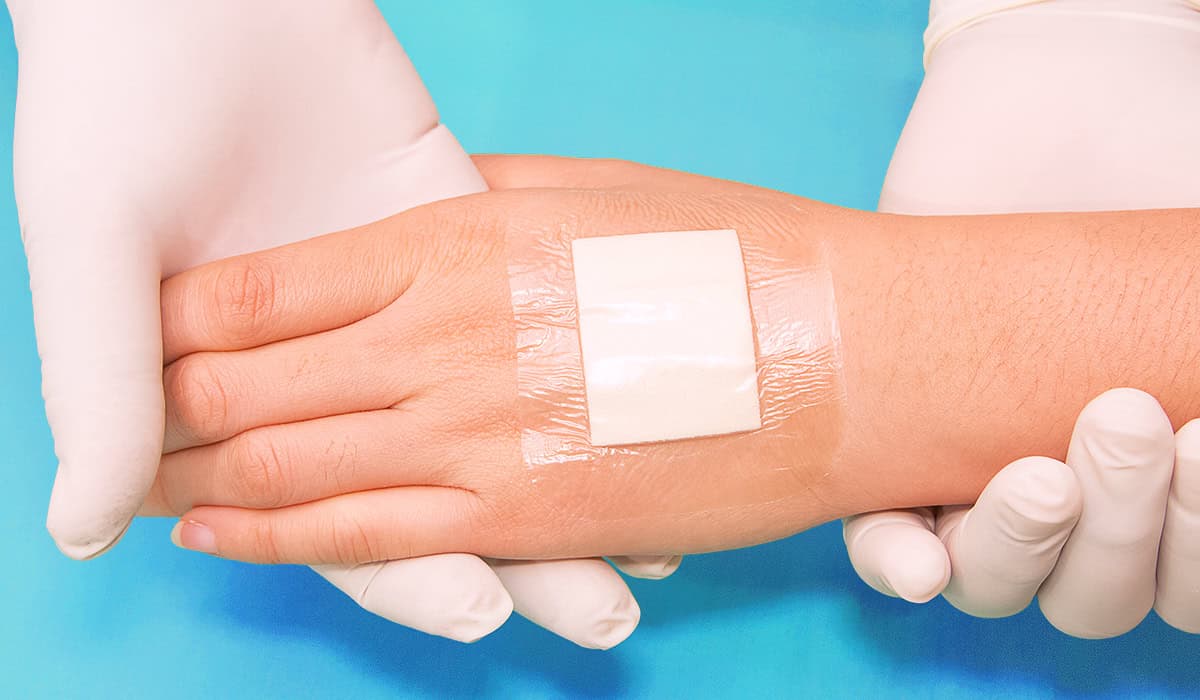
This type of adhesive medical dressing will allow you to have your wound covered while you do everyday activities such as showering and washing your hands.
If the wound is located on your finger, for example, and you regularly wash your hands or go for a swim, a waterproof adhesive dressing is the better option.
Skin closure strips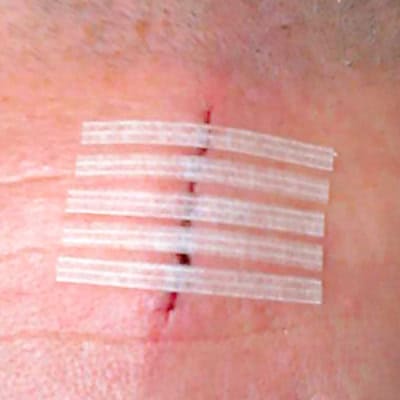
Skin closure strips are used as an alternative to having sutures or staples. They are ideal for deep, thin cuts as they hold the skin in place so that it heals.They are compact, quick and easy to apply and offer reduced scarring and discomfort compared to staples and sutures.
Our skin closure strips:
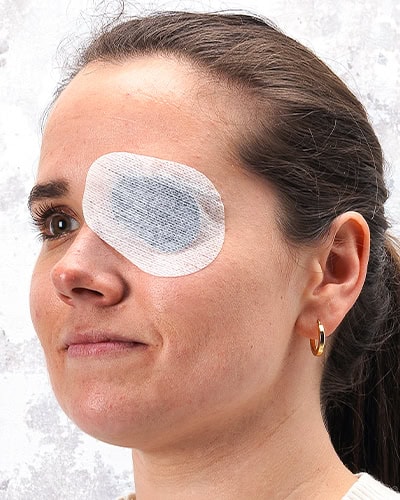 Adhesive eye pads
Adhesive eye pads
A sterile adhesive eye pad comes in very handy when dealing with eye injuries as it enables you to cover your eye with a dressing without the need to wrap a bandage around your head to hold it in place like you would with a normal eye dressing.The adhesive backing of these eye pads is flexible and contours with the shape of your face making it comfortable to use and ensuring that the dressing does not stick to the wounded eye.
How to use adhesive dressings
Adhesive wound dressings are designed to be easy to use, but it will largely depend on where the wound is as to how easy it is to apply it yourself. Below are instructions on how to apply and change an adhesive dressing.Applying adhesive dressings
1. Wash your hands or put on gloves. When going near a wound you always want to make sure that your hands are as clean as possible to reduce the chance of infection.2. Clean the wound and surrounding area. Another way to reduce infection is to clean the wound and surrounding area before covering it.
3. Peel the backing away. If it is left on the dressing will not stay on your skin, nor will it fully protect the injury.
4. Place the dressing pad over the wound. Make sure that the non-adhesive pad is directly over the wound and fully covers it.
5. Secure the pad. Push down on the adhesive areas of the dressing to ensure that it is firmly in place and unlikely to come off.
Changing adhesive dressings

2. Gently peel the adhesive away from the skin. How long the dressing has been on for will influence how easy it is to remove.
3. Dispose of the used adhesive dressing. Once the dressing has been removed make sure to dispose of it safely.
4. Clean the wound and surrounding area. Another way to reduce infection is to clean the wound and surrounding area before covering it.
5. Peel the backing away. If it is left on, the dressing will not stay on your skin, nor will it fully protect your wound.
6. Place the new dressing pad over the wound. Make sure that the non-adhesive pad is directly over the wound and fully covers it.
7. Secure the new pad. Push down on the adhesive areas of the dressing to ensure that it is firmly in place and unlikely to come off.
More information on wound dressing
- How to Apply, Change and Use Different Wound Dressings
- What is the Difference Between Sterile and Non-Sterile Dressings?
- Bandages vs Dressings: What's the Difference?
- Haemostatic Dressings: What They Are and How to Use Them
Read our other blogs for more information on first aid or contact us for further advice and information on our products.
By Sarah Mason



